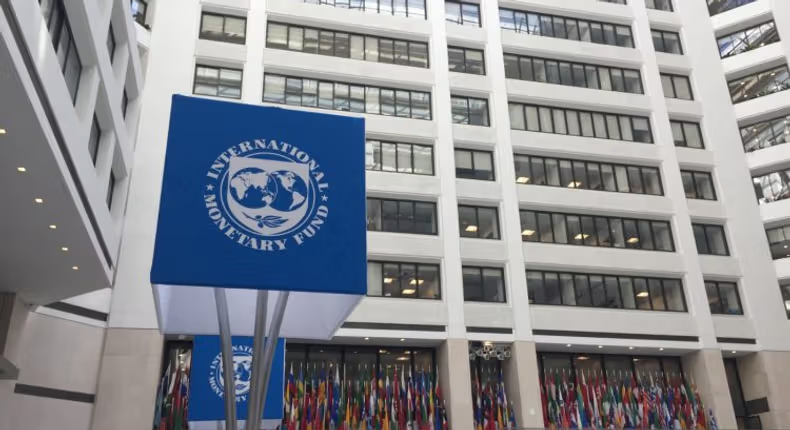As Africa strives to rebuild and grow in a post‑pandemic world, many governments are turning to the International Monetary Fund for critical financing. In July 2025, Egypt led the continent with a staggering $7.42 billion in outstanding IMF credit, followed by Côte d’Ivoire ($3.10 billion) and Kenya ($3.02 billion). These top borrowers highlight the delicate balance between accessing vital funds and managing rising debt obligations.
Egypt’s fourth program review unlocked an additional $1.2 billion this month, but officials warn that external debt could swell past $200 billion by 2030 if growth doesn’t accelerate. Meanwhile, Côte d’Ivoire and Kenya are drawing on IMF resources to stabilize budgets and shore up foreign reserves, even as both nations grapple with inflationary pressures and currency volatility.
Further down the list, Angola ($2.72 billion) and Ghana ($2.71 billion) are leveraging IMF support to advance infrastructure projects and social programs. But the weight of these loans means that fiscal reforms such as subsidy cuts and tax overhauls—will be essential to avoid unsustainable debt‑to‑GDP ratios.
Ethiopia ($1.59 billion), Tanzania ($1.34 billion), and the Democratic Republic of Congo ($1.95 billion) round out the middle of the pack, using IMF funds to rebuild after conflict or health crises. Senegal ($0.99 billion) hit a snag this month when revised public‐debt figures paused further disbursements, underscoring the need for transparent reporting and robust financial governance.
As the IMF continues to approve new programs, African policymakers face a critical choice: harness these resources for inclusive growth while enacting reforms that ensure long‑term stability. The coming year will test whether IMF financing acts as a springboard for development or a debt burden that hinders future progress.


